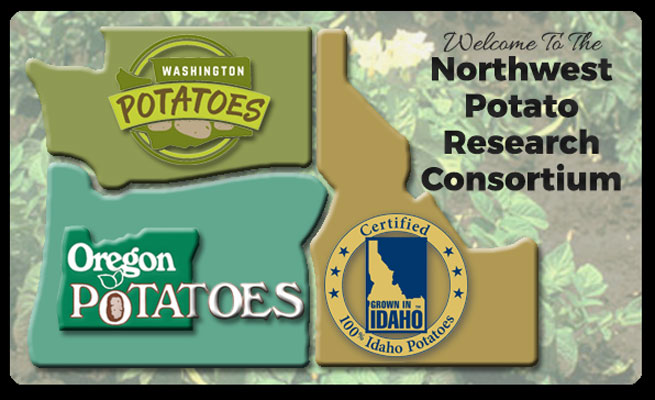Bruise incidence can have a big influence on the value of potatoes in both fresh and process channels due to incentives for bruise-free and the losses associated with rejection for not meeting grade standards.
In Volume 22, Number 3 of Potato Progress, Northwest Potato Research Consortium published an article detailing recent research on avoiding blackspot bruise.
Summary
- Tuber tyrosine content tended to increase with visual vine senescence ratings (significant correlation in 3 of 8 commercial fields). This indicates tubers from the earliest senescing portions of fields might have higher potential to produce more pronounced blackspots following an impact.
- However, vine senescence level within a field was not a good indicator of bruise susceptibility. Likewise, potato varieties such as Clearwater Russet and Umatilla Russet that have relatively low tuber tyrosine content tended to be equally susceptible to blackspot bruise as varieties with higher tyrosine content. This indicates that tyrosine is not always the limiting factor that determines blackspot susceptibility.
- Nitrogen management did not significantly affect tuber tyrosine content and tubers harvested from crops managed with very high rates of in-season nitrogen (up to double the recommended rate) showed no evidence of being more susceptible to blackspot bruise compared to the recommended nitrogen program.
READ FULL ARTICLE FROM NORTHWEST POTATO RESEARCH CONSORTIUM

